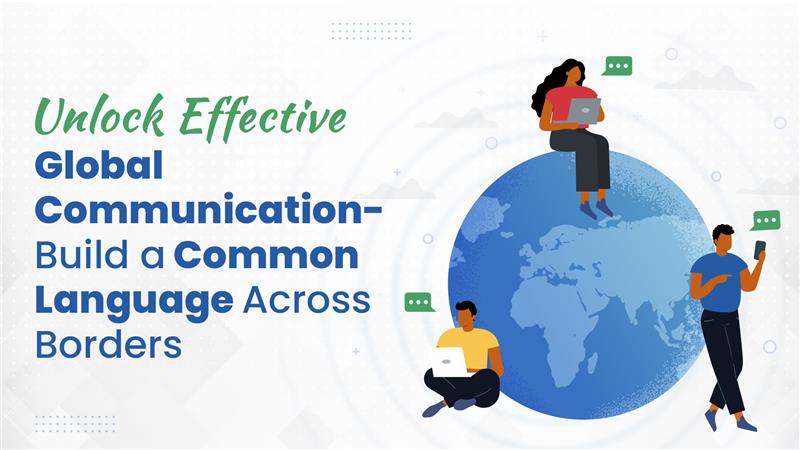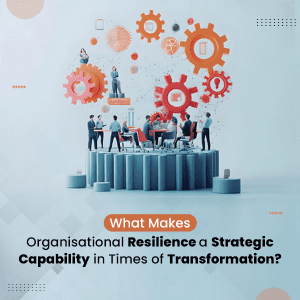
In today’s interconnected world, communication is the backbone of business success. According to Hart Research Associates, 93% of employers rank strong communication skills as more crucial than a graduate’s major. A survey by HR Magazine revealed that employees lose an average of 40 minutes daily just interpreting unclear instructions, impacting productivity significantly.
Clear communication enhances productivity and affects employee retention. Research by Clear Company shows that organizations with effective communication are 50% more likely to experience lower turnover.
While we understand its importance, communication can be challenging even with familiar people. In a global workplace, these challenges multiply, with varying cultural norms, communication styles, and language barriers adding complexity.
Even if your company doesn’t operate internationally, it’s likely that you still work with a diverse audience. Whether serving global customers, collaborating with international suppliers, or working in culturally diverse teams, the question isn’t whether global communication is essential; it’s how to manage it effectively.
Here are key strategies to build a common language for your organization and foster better communication across borders.
1. Enhance Self-Awareness
Self-awareness is the foundation of effective communication. By understanding your communication style, you can recognize how it may be interpreted by others and adapt accordingly. With Emergenetics® Profiles, individuals can identify their natural thinking and behavioral preferences, making it easier to leverage strengths, work collaboratively, and communicate with global teammates more effectively.
2. Create a Common Language
When working with international teams, establishing a universal vocabulary can bridge communication gaps. Emergenetics® provides a common framework for understanding thinking and behavioral traits across cultures, offering a shared reference that strengthens cross-cultural communication.
3. Minimize Jargon
Each organization and industry has jargon, but not all terms translate well globally. Identify any internal acronyms, technical jargon, or colloquial terms that could be misunderstood. Collaborate with your team to create a list of these terms and consider rephrasing when communicating with global audiences.
4. Embrace Visual Communication
Nonverbal cues are crucial to effective communication, with a UCLA study attributing 93% of communication effectiveness to nonverbal elements. While face-to-face meetings aren’t always possible, leveraging digital platforms like Zoom or Microsoft Teams for video interactions can help capture these cues and enhance understanding.
5. Cultivate Cultural Awareness
Investing time in learning about the cultures of your colleagues and clients can greatly improve your communication efforts. Research local customs, explore preferred communication styles, and seek insights from colleagues with international experience. Small gestures of cultural respect can build rapport and foster strong relationships.
Building Stronger and Effective Communication Skills with Emergenetics
As workplaces continue to globalize, effective communication skills become vital. By embracing self-awareness, creating a universal language, reducing jargon, prioritizing face-to-face interaction, and respecting cultural differences, you can enhance your ability to communicate effectively with global teams.
To learn more about how the Emergenetics Profile can support better communication in your organization, contact MARG Business Transformation today.






